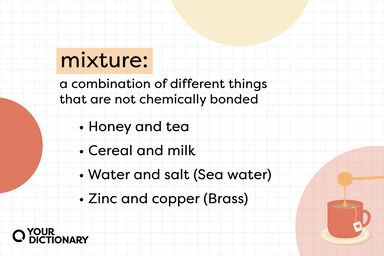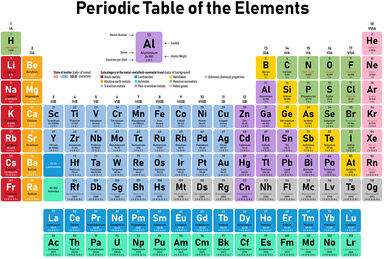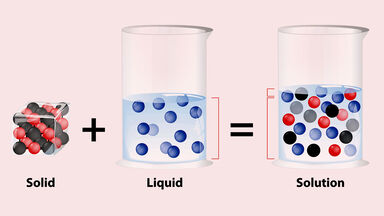Silver has been discovered in all the states, either alone or in the form of sulphides, antimonial and arsenical ores, chloride, bromide,.
Antimonial, bismuth and arsenical compounds were assiduously studied, a direct consequence of their high medicinal importance; mercurial and silver compounds were investigated for the same reason.
Chronic poisoning by antimony is very rare, but resembles in essentials chronic poisoning by arsenic. In its medico-legal aspects antimonial poisoning is of little and lessening importance.
The leading silver minerals are native silver; argentite or silver glance, Ag 2 S, usually containing small amounts of lead, copper and tin; dyscrasite or antimonial silver, Ag 2 Sb to Ag,3Sb, an isomorphous mixture of silver and antimony; proustite or light red silver ore, Ag 3 AsS 3; pyrargyrite or dark red silver ore, Ag 3 SbS 3; stephanite, Ag 5 SbS 4; miargyrite, AgSbS2; stromeyerite, CuAgS; polybasite, 9(Cu 2 S,Ag 2 S) (Sb 2 S 3, As 2 S 3); cerargyrite or horn silver, AgCI; bromite or bromargyrite, AgBr; embolite, Ag(C1,Br); iodite or iodargyrite, AgI.
So far back as Basil Valentine and Paracelsus, antimonial preparations were in great vogue as medicinal agents, and came to be so much abused that a pro hibition was placed upon their employment by the Paris parlement in 1566.



